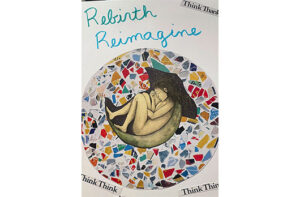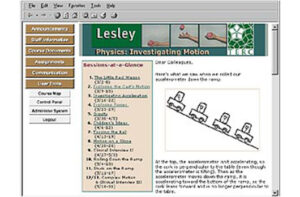Increasing undergraduate student interpreters’ fluency and accuracy in interpreting STEM content
Judy Vesel, Ashley Greene, Sean Hauschildt, M. Diane Clark
Vesel, J., Greene, A., Hauschildt, S., & Clark, M. D. (2024). Increasing undergraduate student interpreters’ fluency and accuracy in interpreting STEM content. Forum for Linguistic Studies, 6(2), 1179. https://doi.org/10.59400/fls.v6i2.1179
Abstract
Interpreters who are skilled in interpreting science, technology, engineering, and mathematics (STEM) content fluently and accurately are few and far between. This issue is particularly true at the post-secondary level. Those interpreters who are available often do not have command of the vocabulary needed to interpret more specialized content and rely heavily on letter-for-letter fingerspelling and word-for-word transliteration. This project looked at the knowledge of the principles of fingerspelling on undergraduate student interpreters’ ability to interpret typical introductory biology lecture material accurately and fluently. Research involved modifying a signing bioscience dictionary (SBD), developing life science content summaries, creating videos of fingerspelling principles, and conducting an evaluation. Key findings showed participants’ knowledge of bioscience vocabulary was significantly improved with use of the SBD and that their ability to interpret typical biology lecture material fluently and accurately improved. After watching the videos and learning to apply the principles of fingerspelling, their fingerspelling scores also improved significantly. However, there was no significant improvement in biology content knowledge.














